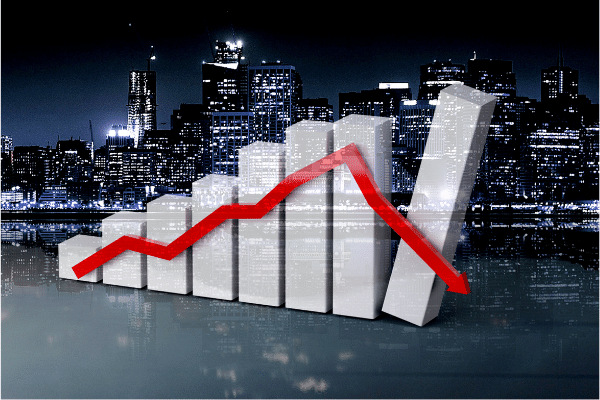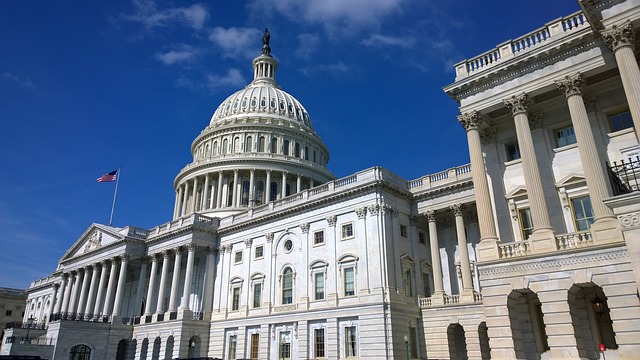
- Given the amount of trade between Russia and Europe, there was always the risk that Western sanctions would be a double-edged sword, but so far, it appears that market participants are doing their best to maintain stability.
- Even if the conflict should ratchet up in Ukraine (likely) and even if the war should spillover into neighboring countries (also likely), so long as the Fed’s backstop remains available, markets will be unlikely to go into panic mode as in 2008.
While rockets and shells rain down on Ukrainian cities, the global financial system faced its first real test since the 2008 Financial Crisis when the sub-prime mortgage debacle gummed up liquidity and led to steep market corrections, as Russia was essentially “cancelled.”
Given the amount of trade between Russia and Europe, there was always the risk that Western sanctions would be a double-edged sword, but so far, it appears that market participants are doing their best to maintain stability.
A calculated risk, the U.S., European Union and other governments moved to sanction Russia for its invasion of Ukraine, even as pundits warned that their actions could foul up the short-term lending markets that underpin global finance.
While the U.S. Federal Reserve remained at the ready with dollar facilities set up during the pandemic should foreign central banks need to access dollars, there are few signs of any stress currently.
Short-term borrowing stress has risen, but remain well below the levels of previous crises.
Equities are sliding, but to be fair, they were already richly valued as a result of the pandemic.
Sovereign yields are falling (yields fall as bond prices rise) and predictably, the price of key commodities like energy and food are soaring.
But the upshot is that as commodity prices rise, producers have an incentive to make more.
Suddenly, extraction locations that would not otherwise have been economically viable, are and extraction companies whose balance sheets have benefited from years of restructuring, now flush with cash, may want to take advantage of low borrowing costs (for now) to strike.
Because commodity prices are very strongly driven by demand and supply, as prices go up, they tend to correct themselves – as recently as 2007, peak oil was declared and that prices would continue to move upwards, which turned out to be untrue.
It may still be too early to give the “all clear” but it appears that the global financial markets appear to be functioning.
Investors are understandably nervous and some businesses will expectedly be sourcing funding while it’s still available, but there are no signs of panic yet.
Rates on 3-month commercial paper, which enables companies and banks to borrow from investors over a short period of time, rose to about 0.6%, but still well below the levels hit when the pandemic reached the U.S. in early 2020.
Markets were put to the test when Moscow was denied access to its roughly US$630 billion in foreign reserves, which would include dollars normally available for lending in funding markets.
But the Fed’s implied backstop, to provide those dollars should they be needed, has helped to shore up markets and prevent opportunistic price-gouging by lenders.
Even if the conflict should ratchet up in Ukraine (likely) and even if the war should spillover into neighboring countries (also likely), so long as the Fed’s backstop remains available, markets will be unlikely to go into panic mode as in 2008.



